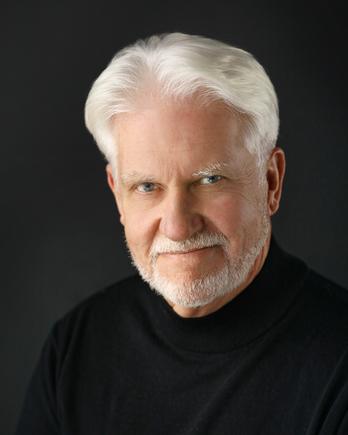How Trnsform is tapping quantum computing to improve the customer relationship
- 26 February, 2020 07:35

“The way we have historically looked at creating relationships with customers has been relatively ineffective. It's very expensive and it's highly unpredictable.”
How to tackle this marketing dilemma is something that continues to dominate the thoughts of Thomas White. The Silicon Valley technology and marketing veteran boasts more than 35 years experience working with some of the biggest brands in the business, including IBM, Microsoft and AT&T, and has also founded 15 companies.
His latest venture is an Australian-based business, Trnsform, set up in partnership with Australian entrepreneur Ronan Leonard, and focused on developing the pair’s quantum marketing technology. The goal, they say, is to move marketing from an art to a science.
Historically, marketers have had a concept of a product they want to sell to customers, White said. "Then we decide who fits that kind of stereotype of the person we want to sell it to, based on their age, gender, demographical data and so forth,” he told CMO.
It wasn’t until last year White realised he needed to think quite differently about understanding the customer and take a fresh approach. The question isn’t about what the customer is, in terms of demographic markers, but who this customer is, what they believe and what they care about.
For White the question is: ‘What is their purpose?’. From there, it's about building a profile based on that and continuously testing whether it has changed.
 Credit: Trnsform
Credit: Trnsform“So we're always being extremely relevant to that person. And this relevance produces increasing levels of trust with people,” he said.
Technology is a means to this end, and the key to purpose identification and iteration to keep a fresh understanding of the customer. Trnsform's offering measures engagement from awareness right through to advocacy, and multiple points along the customer journey, with the ability to constantly monitor sentiment and customer concerns. It will interface with all tech platforms internally and externally including email, CRM and social media platforms.
“We don't just do it when the person is trying to become our customer. We're always in this communication loop. And we integrate not only the connections people have with them through digital sources, but also face-to-face connections so we have a very robust understanding of who this person is,” White continued. “It’s like an intelligence layer for the CRM to provide a way to increase the value they're getting out of those technologies.”
White puts the emphasis for modern marketers on relevancy. This relevance is vital in building trust in the customer relationship and how we think about ourselves.
“If I get something that appeals to me, a relevancy, what does that mean? It means it touches a concern I have, it affirms the belief I have. It's connected to something that matters to me like a purpose that makes it relevant,” he explained. “If you look at companies that have been really phenomenal with marketing - let's take Apple for instance - they're always touching those things that are of high level value to people.”
Using quantum marketing technology, White said "you can see what's working, what's not and you can see who's responding and who's not.” Which means it's as much about marketing efficiency as it is about relevance in the Trnsform play book.
“One of the things about marketing automation is we continue to send messages to people who have never responded. Wouldn't it be better to hone down on our market to people who we can get a response from?” White asked. “Generally speaking, marketing acquisition systems stop when you make your first purchase. That relationship is transferred to the sale systems.”
Instead, White argued, marketers need to continuously understand what customers believe and care about so they continue to hit the spot with the products and services on offer.
CMO and CEO
Continuing on this theme, White said it’s the CEO who really understands the customer better than the CMO because they're at the centre of everything.
“And the CMO’s job is to try to interpret what the CEO knows,” he said.
White believed this disconnect between the way the CEO is closer to understanding the customer explains the CMO’s shorter tenure in the c-suite.
“The CEO has a clear vision, but the CMO has to kind of figure it out. So at some point, the CEO loses patience and gets a new CMO,” he argued.
The solution, in White's view, is to shift from art to science in marketing. This requires good data, which gives the CMO validation points for growing prospects.
“What's relevant is how many new engaged clients there are, how many more advocates. The things that matter to the relationship marketers have with their customers,” he added.
Follow CMO on Twitter: @CMOAustralia, take part in the CMO conversation on LinkedIn: CMO ANZ, follow our regular updates via CMO Australia's Linkedin company page, or join us on Facebook: https://www.facebook.com/CMOAustralia.

